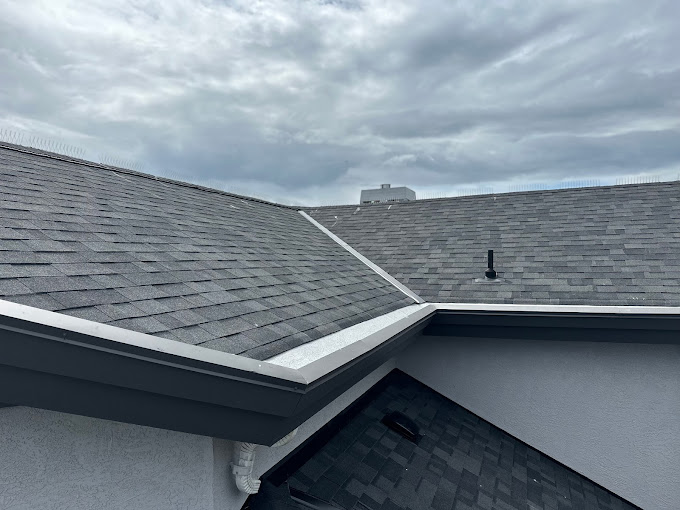From the first hut built by early humans to the towering skyscrapers of today’s mega-cities, the roof has always played a crucial role in providing shelter and protection. Over the centuries, the materials and techniques used for roofing have evolved dramatically, often mirroring the technological and cultural advancements of the time. Let’s embark on a journey through time to explore the rich history of roofing materials, tracing back to ancient civilizations.
1. Thatched Roofs in the Stone Age
One of the earliest forms of roofing materials, thatched roofs made from straw or reeds, were commonplace in Stone Age settlements. They were lightweight, readily available, and provided decent insulation against the cold. Regions like ancient Britain and Africa widely adopted thatching as a primary roofing technique.
2. Clay Tiles in Ancient China and the Middle East
As early as 10,000 BC, Chinese settlers began using clay tiles for their roofs. This innovation not only offered better protection against the elements but also provided aesthetic appeal. Similarly, ancient Middle Eastern civilizations, such as the Sumerians, also adopted clay tiles, valuing them for their durability and fire-resistant qualities.
3. Slate and Stone in Ancient Rome
The Romans, known for their architectural prowess, began using slate and stone for their roofs. These materials were not only durable but also resistant to fire – a common hazard in densely populated ancient cities. The Romans also introduced the technique of overlapping tiles, which improved water runoff and reduced leakages.
4. Lead Roofing in Medieval Europe
By the medieval period, lead had become a popular roofing material in Europe, especially for churches, cathedrals, and other significant structures. Its malleability allowed for intricate designs, and its longevity made it a preferred choice for structures meant to last for centuries.
5. Wood Shingles in Colonial America
As settlers arrived in North America, they turned to the vast forests for roofing materials. Wood shingles became popular, especially in regions like New England. These shingles were split from logs, making them thicker and more durable than sawed varieties.
6. Modern Innovations: Asphalt and Beyond
The industrial revolution brought a significant shift in roofing materials. Asphalt shingles, introduced in the 20th century, became the standard for many homes due to their affordability, durability, and ease of installation. Today, we also have solar tiles, green roofs, and a plethora of sustainable roofing options to choose from.
7. The Future of Roofing
With advancements in technology, the future of roofing materials looks promising. We’re seeing a rise in energy-efficient roofs, materials designed for extreme weather conditions, and even “smart” roofs equipped with sensors to detect damage or wear.
Conclusion The journey of roofing materials from humble thatched roofs to the technologically advanced systems of today offers a fascinating glimpse into human ingenuity and adaptability. As we continue to push the boundaries of innovation, one thing remains clear: the fundamental need for shelter will always drive us to find better, more effective ways to roof our homes and structures. Contact our Victoria BC roofers for a free quote.


Recent Comments